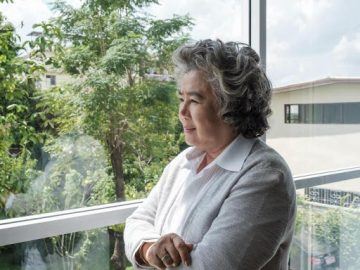Scott Koenig in Nautilus:
 During the Spanish flu of 1918, it was Vick’s VapoRub. During the 1962 Cuban Missile Crisis, it was canned food. Now, as the number of cases of COVID-19 grows worldwide, it’s, among other things, toilet paper. In times of precarity, people often resort to hoarding resources they think are likely to become scarce—panic buying, as it’s sometimes called. And while it’s easy to dismiss as an overreaction, it underscores just how difficult it can be, for both the general public and public health authorities, to choose the right response to a dangerous, rapidly evolving situation.
During the Spanish flu of 1918, it was Vick’s VapoRub. During the 1962 Cuban Missile Crisis, it was canned food. Now, as the number of cases of COVID-19 grows worldwide, it’s, among other things, toilet paper. In times of precarity, people often resort to hoarding resources they think are likely to become scarce—panic buying, as it’s sometimes called. And while it’s easy to dismiss as an overreaction, it underscores just how difficult it can be, for both the general public and public health authorities, to choose the right response to a dangerous, rapidly evolving situation.
“One of the reasons we have so many challenges is that there’s just so much uncertainty, especially in the early days of an outbreak,” said Glen Nowak, a former director of media relations and communications at the Centers for Disease Control and Prevention (CDC), now a professor of advertising at the University of Georgia. Even for authorities, Nowak said, the number of moving parts and open questions during a public health crisis—where the disease originated, how infectious and deadly it is, how many people are already infected and who’s at risk—can be overwhelming. This means that the rest of us, despite the experts’ best efforts at communicating, often have to make do with limited and possibly even conflicting information. “What people are often thinking of, from a psychological standpoint, is ‘What is the best way for me to cope with this uncertainty?’” Nowak told me. For many people, coping may take the form of hoarding supplies in an attempt to assert control over the situation. Or it might mean looking to others for guidance—and if everyone else in your community is taking all the toilet paper, are you going to be the odd one out?
More here.
